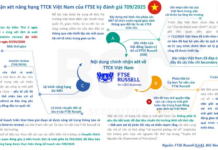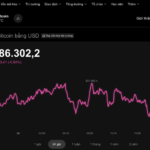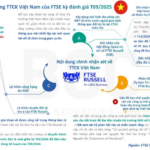Unprecedented Price Cuts
Smartphone providers have faced challenges in recent years, with the exception of the giant Apple. While companies witnessed declining revenue and profits amid economic uncertainties, Apple did something unexpected by releasing even more expensive iPhones.
Apple increased the average selling price of iPhones, capitalizing on the growing popularity of Pro versions across generations such as the iPhone 14 and iPhone 15.
However, there are now increasing reports that Apple is facing tougher competition than ever in China. The resurgence of Huawei is a contributing factor as it boosts Android phone sales in the country, outpacing the iPhone 15.

In a move that iPhone fans worldwide must be craving, Apple has cut prices for the iPhone 15 in China ahead of the iPhone 16 launch, with significant discounts.
The question arises as to whether Apple should consider implementing price cuts for iPhones globally, rather than just in China. Additionally, the target of the price cuts would not only be the iPhone 15 but also newer generations of iPhones within a six-month period before the next generation arrives.
According to Reuters, Apple is offering discounts in China of up to CNY 2,300 ($318) on select iPhone models. The promotion is valid until May 28, and this discount event is more significant than a similar campaign in February.
The report notes that the best deal applies to the iPhone 15 Pro Max 1TB, but other models also see substantial reductions. The iPhone 15 Pro Max 256GB is priced at CNY 7,949 ($1,199), down from its original price of CNY 9,999 ($1,382) in September. The iPhone 15 128GB model is priced at CNY 4,599 ($636), reduced from CNY 5,999 ($829).
Apple previously offered discounts of up to CNY 1,150 ($159) on select iPhone 15 models in February. According to Reuters, this move appears to have worked, as shipments increased by 12% in March.
This was a “significant improvement” compared to the first two months of 2024, when Apple experienced a 37% drop in sales.

A Strategy Worth Testing in Multiple Markets
The Chinese market has its unique characteristics, but BGR suggests that Apple could experiment with a similar strategy in other markets in the second half of this year. After all, the iPhone primarily competes with Android devices from Chinese providers in other international markets as well.
Traditionally, Apple sells the most iPhones in the first and second quarters after launch. For the iPhone 15, these were the Christmas quarter and March. Sales then tend to slow down during the summer as many iPhone buyers prepare for the next generation. In this case, loyal iPhone users will be eagerly awaiting the iPhone 16.
When the iPhone 16 arrives, Apple will likely discount the iPhone 15 by $100 and discontinue the iPhone 15 Pro models.
So, what would happen if Apple replicated the strategy it is currently employing in China at random times in international markets?
Apple focuses on selling new iPhones at the highest possible price in the December and March quarters. Subsequently, they could run various promotions to clear iPhone inventory before the new generation is introduced.
These promotions would target first-time iPhone users or those unsure about upgrading. Even if Apple doesn’t offer deals as attractive as those in China, iPhone sales would undoubtedly increase.
By discounting the top-tier Pro models before discontinuing them in September, Apple could even attract more switchers to the iPhone or retain loyal customers.
In the past, Apple was known for its “arrogant” brand image, maintaining product prices and never offering discounts. But with the aforementioned benefits, reducing iPhone prices is a strategy Apple may consider for multiple markets, especially if they aim for increased revenue.





































